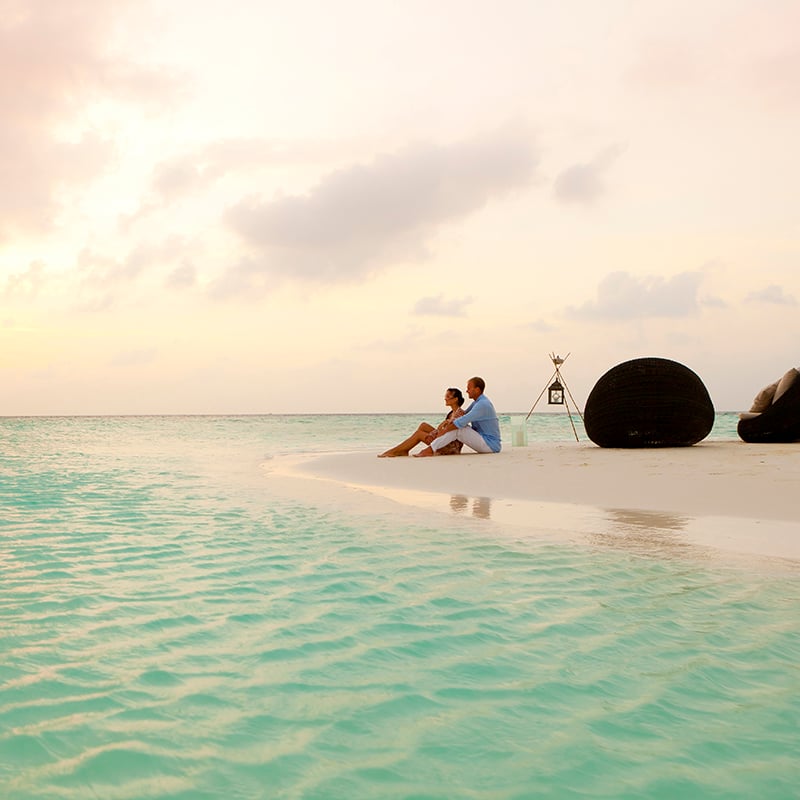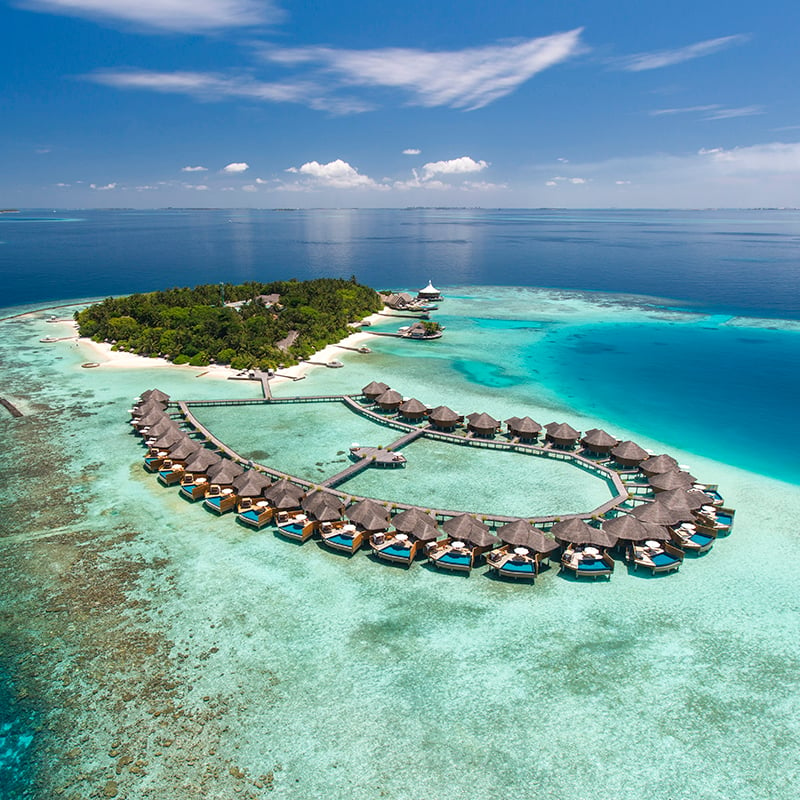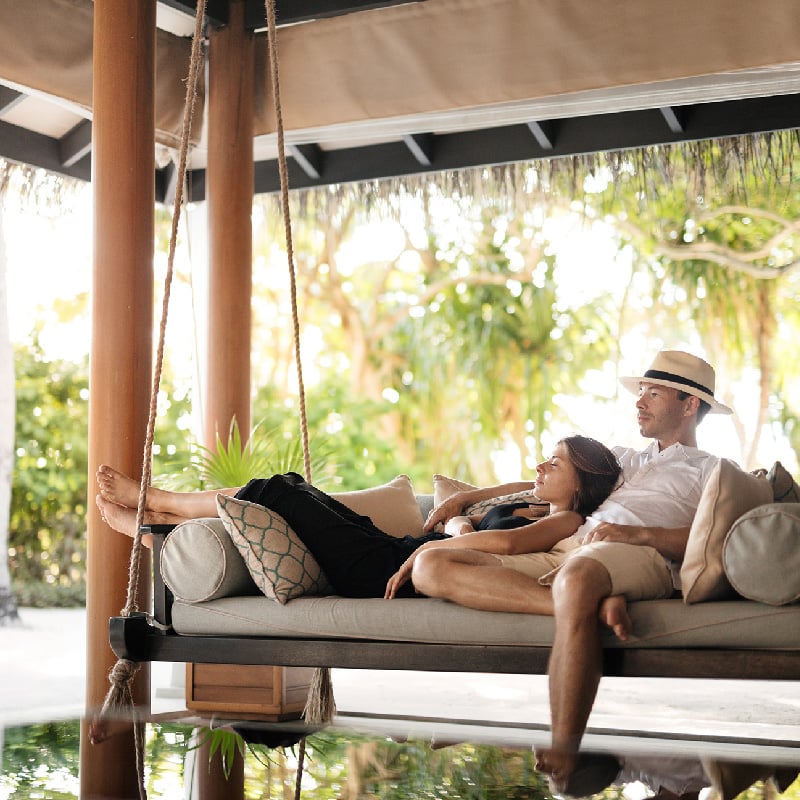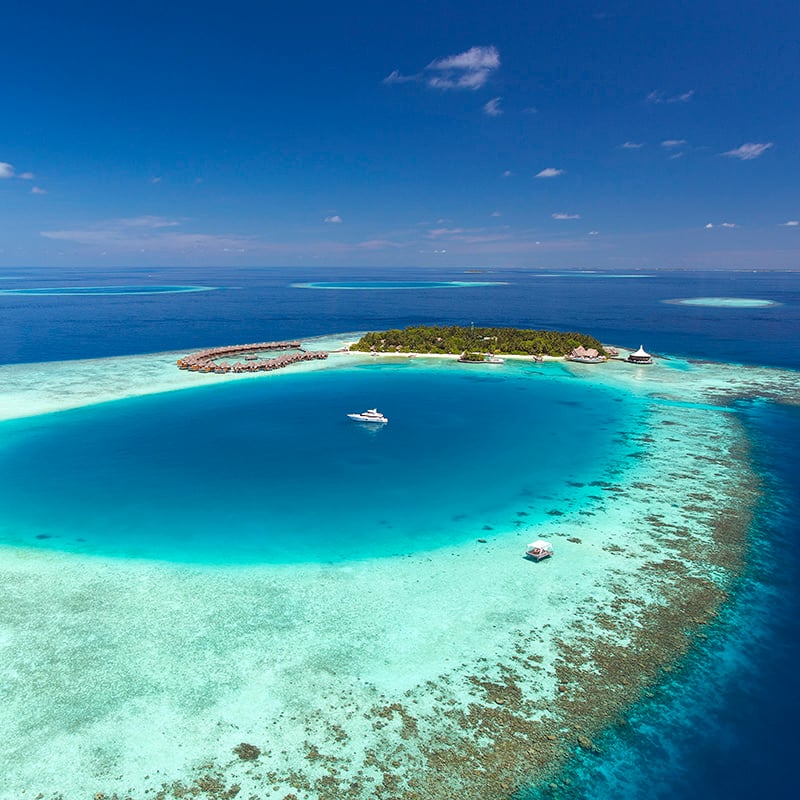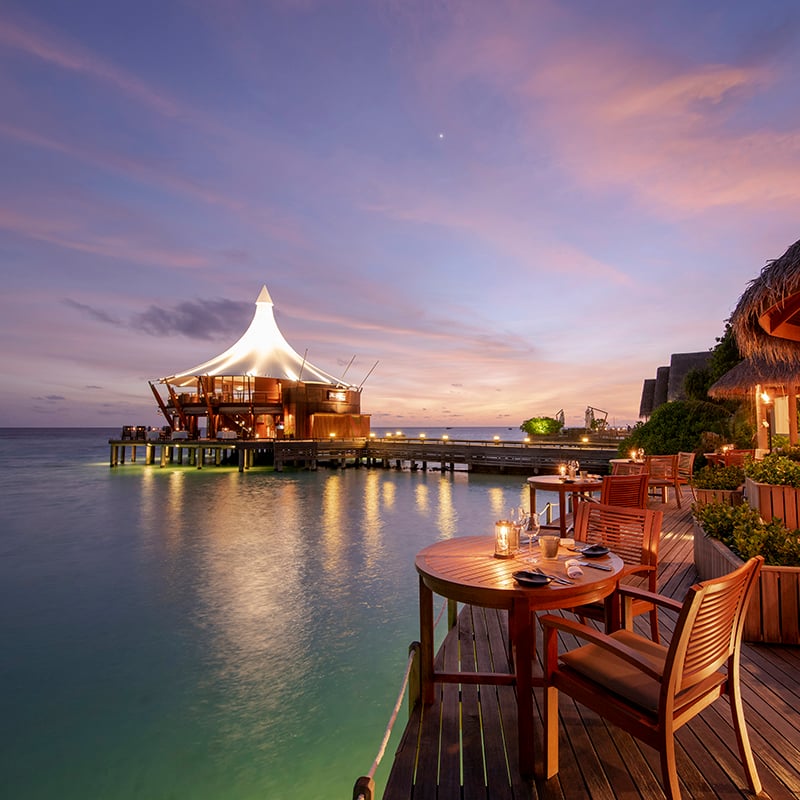THE BEST DIVING IN THE MALDIVES ISLANDS 2022
13 August 2022 | All Blogs, Destination, Experience

Diving in the Maldives is recognised as one of the most incredible dive experiences in the world. However, it is important to keep in mind that not every island offers the same dive experience.
At Baros Maldives, guests are treated to a world-class house reef plus over 30 nearby dive sites hosting a plethora of exquisite marine life that includes everything from reef sharks and turtles to mantas and moray eels.
Baros is a scuba diver’s paradise with diving available all year round. The water temperature is fairly consistent at around 28 °C, and divers are treated to amazing revelations on every dive – even when diving during the monsoon season.

During the South-West monsoon season, from May to November, visibility is not as good as during the high season and there may be strong south-westerly winds but, this is the perfect time to dive with Manta Rays, which is every scuba divers‘ dream and with good reason. These gentle giants move with effortless grace while feeding on plankton. From June to November, schools of manta rays congregate at Manta Point, a 60-minute boat ride east of Baros, because of the many cleaning stations and concentrations of food. The dive site is a gently sloping reef that has three cleaning stations where the mantas queue up to use the services of the cleaner wrasse living there. A truly incredible experience that every diver must experience at least once in a lifetime. Look out for schools of red bass, sweetlips, white tip reef sharks, eagle rays, hump head wrasse, barracuda, hawksbill turtles, masked bannerfish and emperor fish.

The best visibility underwater is during the high season from December to April but dive sites in the North Malé Atoll tend to be more popular during this period, so we recommend visiting lesser-known dive sites and exploring our exclusive Baros dive site, Baari Thila. This is a submerged coral tower and an underwater photographer’s dream. Only residents of Baros can dive to this site where you’ll find sharks and rays sleeping in the sand, barracudas and eagle rays in the deeper waters and schools of oriental sweetlips.

Explore the house reef at night. As corals open up and extend their colourful flower-like tentacles, lionfish, lobster, shrimp and other nocturnal species leave their hiding places to look for food. The waters of Baros come alive at night as phosphorescent plankton light up the ocean with their blue bioluminescent effect.
Guided night dives are conducted regularly by boat at the Black Coral reef as well as on the house reef. To find out more about underwater adventures on Baros check out our underwater discovery or get in touch via [email protected].
 English
English  РУССКИЙ
РУССКИЙ  DEUTSCH
DEUTSCH  简体中文
简体中文  Spanish
Spanish 